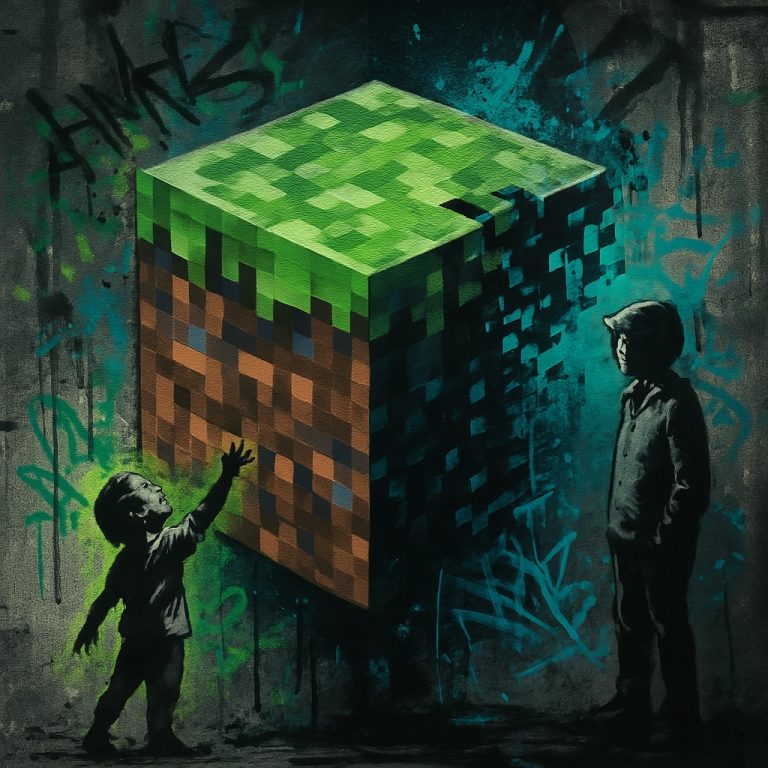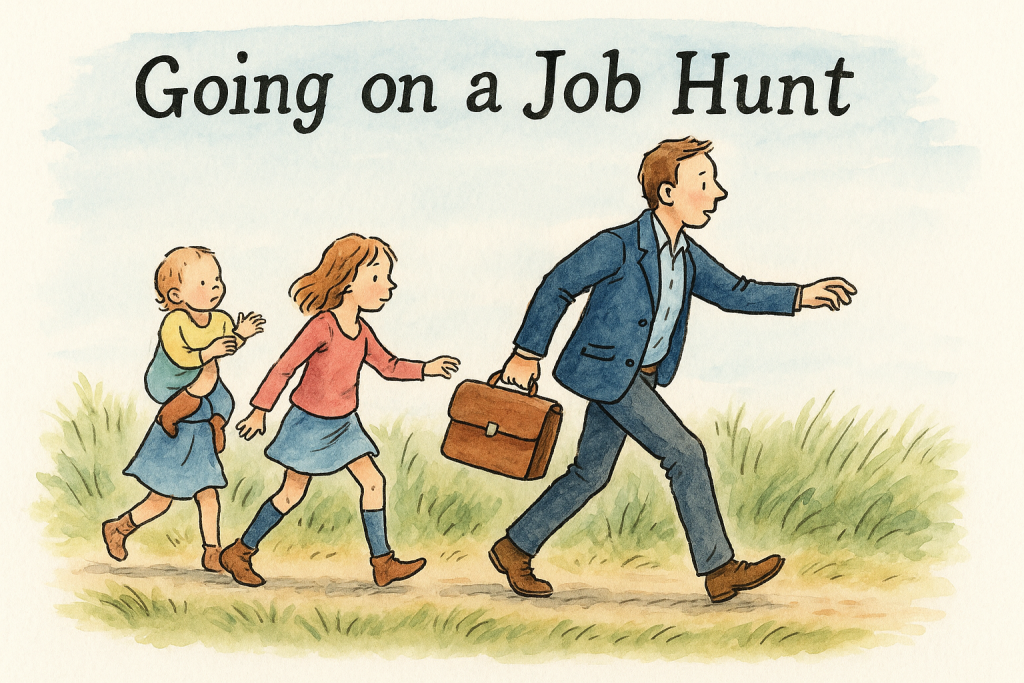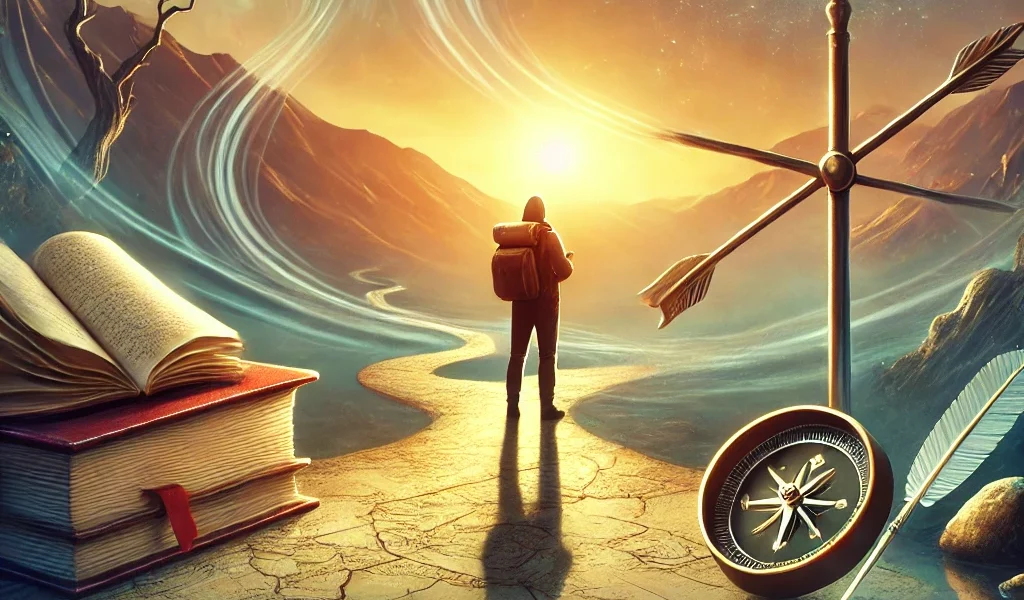A reflection on Minecraft, modern meaning, and the shift in how we understand value.
Yesterday I took my teenage kids and their friends to see A Minecraft Movie.
I’ve known Minecraft a long time. I bought it on 24 September 2010—during its alpha phase, when it still felt like something passed around quietly between curious developers, modders, and early players. It was raw, full of promise, and very clearly not finished. I thought it was a brilliant idea from the start, but I didn’t grow up with it. I didn’t live inside it.
My kids did. Or more accurately—they are.
I first pointed them toward Minecraft over a decade ago, because I believed it was an exceptional game for the minds I love. When the film came out, they all wanted to see it. They had all heard about the critical reception, but it didn’t matter. I dropped them off at the cinema and picked them up a couple of hours later. The cinema experience hasn’t changed much since my youth—especially the 25 minutes of adverts and trailers before the film even starts.
What I experienced wasn’t the movie itself, but the post-film effect—in the car, on the way home.
I haven’t seen A Minecraft Movie.
I have seen what it does.
Not on the screen, but in the room—in my boring white people carrier—through my children’s reactions on the drive home and since. Joyful. Specific. Layered with references I half-recognise but don’t fully understand.
To them, this wasn’t just a film. It was something else. A signal. A celebration. A shared joke I wasn’t quite in on.
In that moment, I realised something important: I didn’t need to watch the film to understand its meaning. Thanks to my career, I’m acutely aware of Minecraft as a game. What I lack is the lived experience—friends, relationships, childhood arguments, streamers and books—that make it what it is to the people who grew up inside it.
One small detail says a lot. The film isn’t called The Minecraft Movie. It’s called A Minecraft Movie. That choice is deliberate. Minecraft is a sandbox—a space for making, remixing, building, breaking, and imagining. There is no definitive version of Minecraft. So there can’t be the Minecraft movie. There can only be a Minecraft movie. This one. For now. Perhaps others will follow. Whether or not it was intended that way, the title feels honest. It doesn’t try to define anything. It simply joins in.
The Trouble With the Frame
Much has been said about the gap between the film’s reception by critics and its reception by audiences. On platforms like Rotten Tomatoes, you can see the split clearly—critics are hesitant, while audiences are often delighted. Had I watched the film, I suspect I might agree with the critical assessments: narratively loose, tonally strange, structurally flat.
Yet for the generation it was made for, it is none of those things. It is familiar. Resonant. Joyful.
The dissonance doesn’t mean the film missed the mark—it simply operates outside the frame we’re used to applying. Critics have inherited a language of evaluation based on structure, tone, performance, and pacing. These are useful tools—until the thing being considered no longer seeks to be a traditional film.
Minecraft doesn’t aspire to classic storytelling. It doesn’t need to. Its value lies elsewhere—in cultural resonance, shared code, low-resolution emotional shorthand. It makes perfect sense to those who already speak the language.
We’ve Been Here Before
This isn’t the first time something new has arrived and been met with confusion.
Piet Mondrian, for example, started by painting trees. Over time, his work reduced them—branches, lines, structure—until eventually there were no trees at all. Just grids and blocks of colour. For many, it looked like he’d stopped painting anything at all. But for others, it became a new kind of clarity. A kind of visual code. What had seemed like a step back turned out to be a step sideways.
Decades later, Tracey Emin’s My Bed—complete with clutter and mess—was exhibited in a gallery and nominated for the Turner Prize. Some saw it as raw and honest; others dismissed it as lazy or sensational. The debate itself became part of the work.
And in 2018, Banksy stunned the art world when one of his paintings shredded itself moments after being auctioned. What had been a framed piece became a performance, a gesture—provocative, funny, unsettling. The meaning was no longer on the canvas, but in the act.
None of these works were universally loved at first. Reactions were mixed, confused, even hostile. What they had in common wasn’t shock value. It was that they asked us to let go of the frameworks we were used to—and consider that something else might be going on.
A Minecraft Movie may not be aiming for galleries, but there’s a familiar texture to how it’s being received. It might not be striving for cinematic greatness. It might just be trying to speak fluently to the people who lived the world it came from.
Meaning is Changing Shape
This shift isn’t confined to cinema. As I explored in Granny Weatherwax, Indiana Jones, embracing the unknown—rather than resisting it—can be a source of strength and clarity.
AI is generating outputs our institutions don’t know how to regulate. Governance systems built for slower times are struggling to adapt to memetic speed. Business models are being disrupted not by better products, but by more resonant ones.
In moments like this, it’s tempting to flatten what we don’t understand. To call it noise. Chaos. Nonsense. Not all hype is meaningful, and not every audience reaction deserves weight. But now and then, something breaks through that feels like more than novelty.
Sometimes, it feels like a shift.
And when that happens, certainty is less useful than curiosity.
A Different Kind of Leadership
I don’t need to understand every reference in A Minecraft Movie to know it matters to my children. Their laughter is fluent. Their recall is precise. Their joy is real.
That alone suggests a shift in our role—as leaders, parents, educators, builders, or simply as grown-ups. We are not here to validate meaning through old frameworks. Perhaps our job now is to hold space while new frameworks emerge.
Not everything has to be for us. That doesn’t make it meaningless.
The more relevant question may not be, “Is this good?” but “What is this becoming?”
Look Again
We are standing in the early light of something new. It is not tidy.



